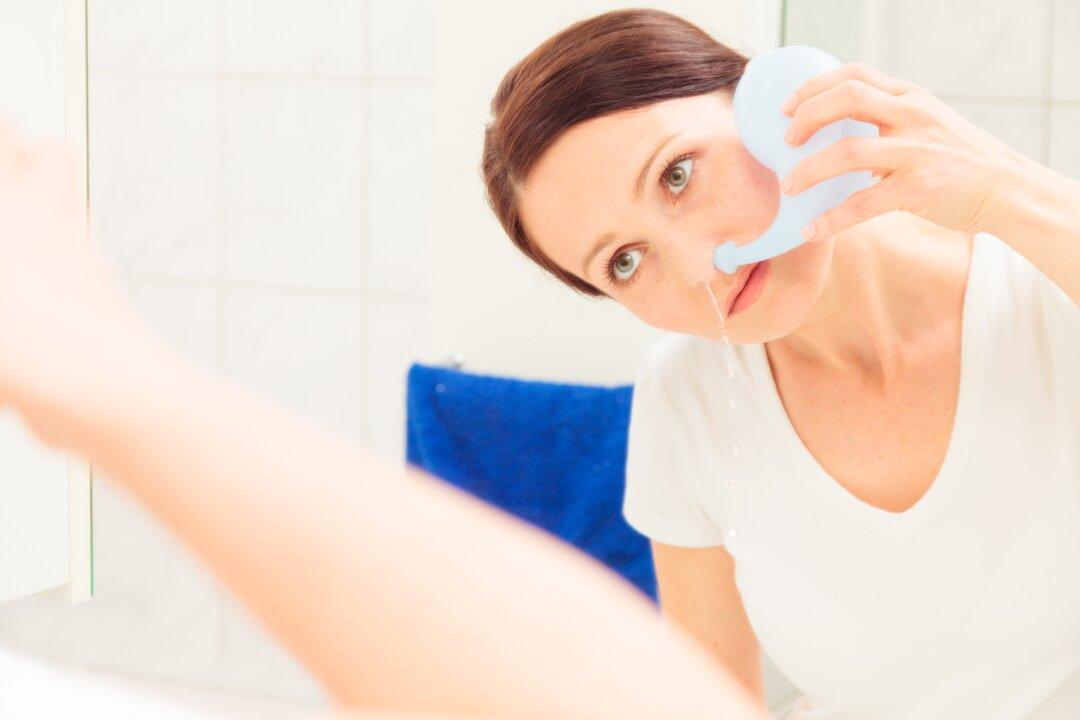A recent preprint study by researchers at Augusta University and Edinburgh Napier University demonstrates that people who used normal saline nasal irrigation were 19 times less likely to require hospitalization for treatment of COVID-19 than the national rate for hospitalizations.
A preprint means that the study hasn’t been peer-reviewed yet. Nevertheless, the results are promising, especially since people can perform nasal irrigation safely in their homes.






